
Wine Culture Magazine
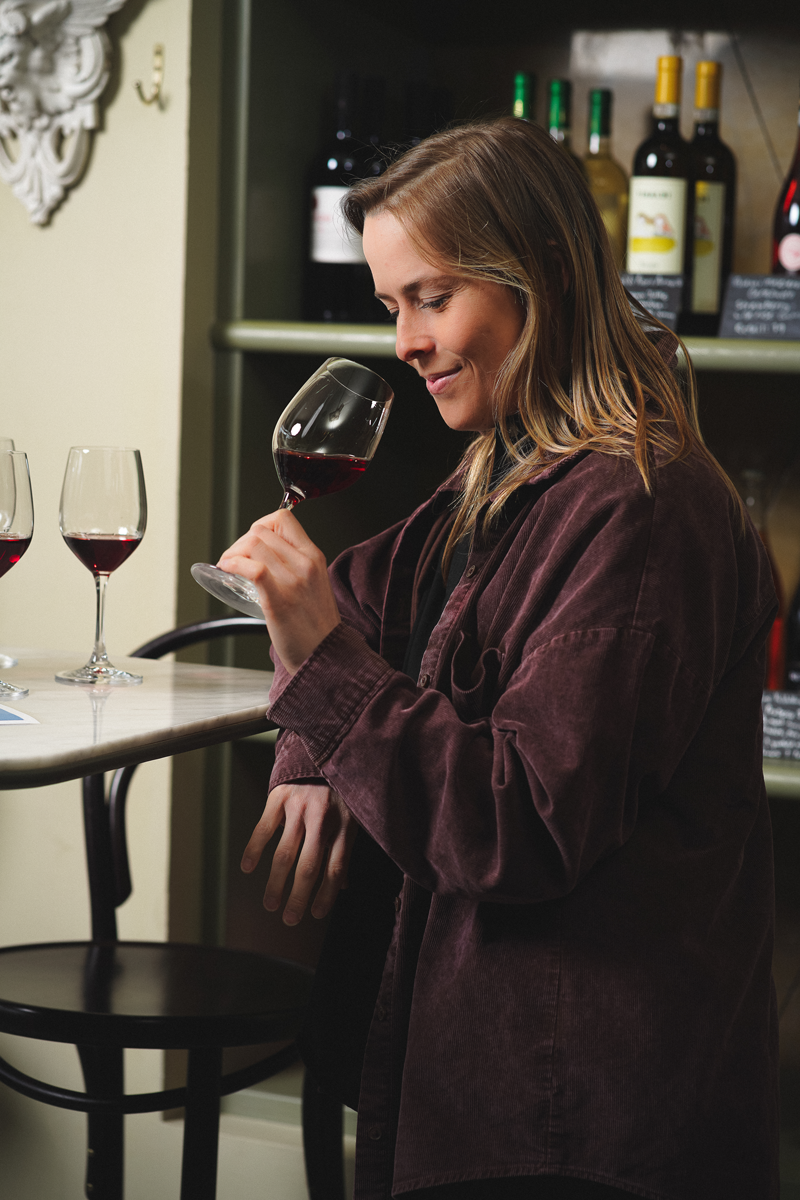
As wine director for Osteria Savio Volpe and its sister restaurants, Kristi Linneboe assembles wine lists featuring Italian varieties
from around the world. Photo by Hakan Burcuoglu
If you’ve been out to dine recently, you may have noticed that something has changed in the way we order and enjoy wine. So we decided it would be a good time to check in with some of our favourite sommeliers to see what the heck is going on out there.
The first thing we noticed is how much many of them have moved around the last few years. Before the pandemic hit, L’Abattoir head somm Andrew Forsyth was still at The Keg, which he credits for being “the best place to learn and develop.” Brittany Hoorne was at Dachi, where she developed a passion for natural wine; she’s been wine director at Bar Susu since it opened in 2022. Matthew Jacobson, meanwhile, has only been in his role as Botanist’s head sommelier for a few months.
And, since early 2020, Kristi Linneboe bopped from L’Abattoir to Elisa to Como, and also worked harvests in Kelowna, Oregon and Jura, France. Now she’s wine director for the Savio Volpe group of restaurants. “I’m loving it,” she says. “People who love wine really, really love wine. I love the storytelling so much. I love the hustle and bustle of the restaurant scene.”
All that bouncing around has given these somms a unique perspective on the scene out there. Here’s what they’re seeing.
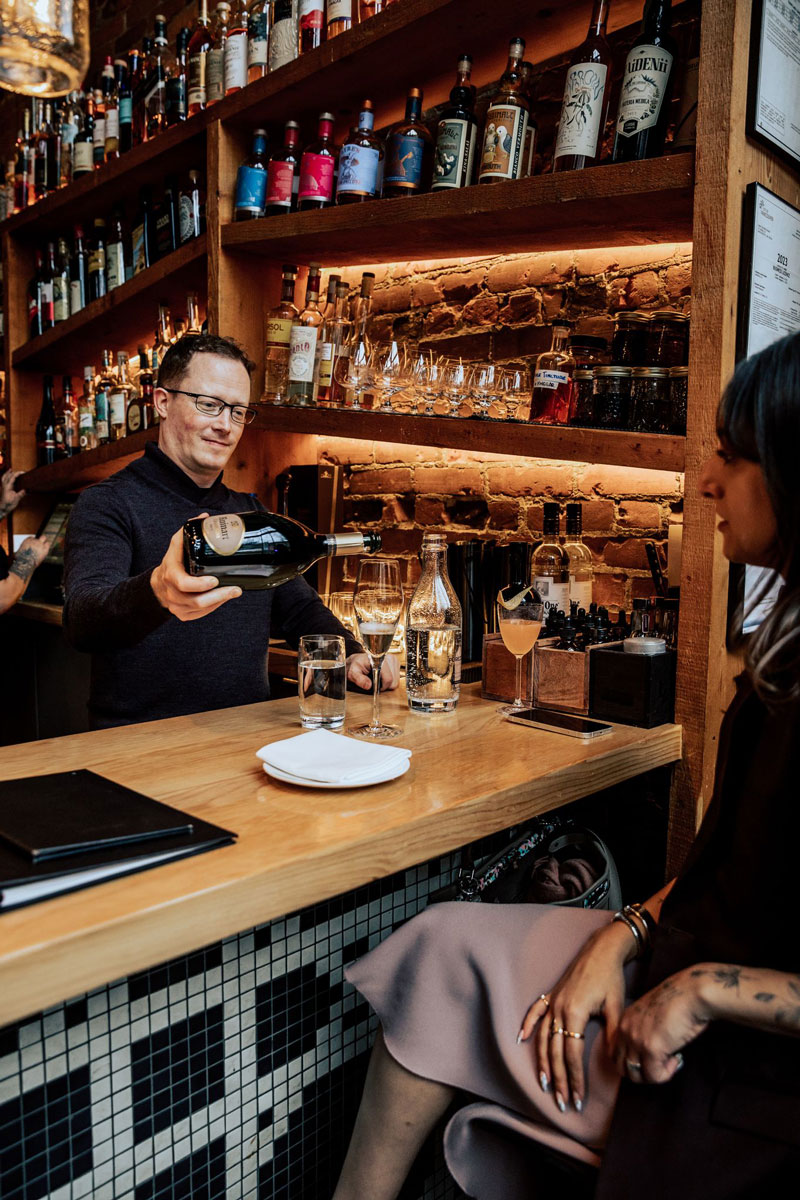
At L’Abattoir, head sommelier Andrew Forsyth is seeing a happier crowd eager to try B.C. wines. Photo by Eric Milic
The pandemic changed our relationship to everything, including wine. “That was the most strained social environment any of us could have ever imagined,” says Forsyth. “There’s a lot more joy in Gastown these days.”
One positive outcome of COVID times was that people had time to learn more about the things they love, including wine.
“I definitely feel like there’s more savvy guests. People had more time to read about wine during the pandemic,” says Linneboe, who also notes that people are using apps like Vivino to catalogue what they are drinking. “I find the staff is really savvy and people know their wine really well.”
Customers are not just better educated about wine, they are not afraid to speak up. “I find the average consumer is also getting a bit more confident about sharing and expressing what their preference is,” Hoorne says. “They are less scared of the sommelier.”
That customer base is changing, too, from older, wealthier and white to a much more inclusive cohort. “It really makes me really happy and proud to look around the room and see a variety of people of all ages and demographics,” Hoorne says.
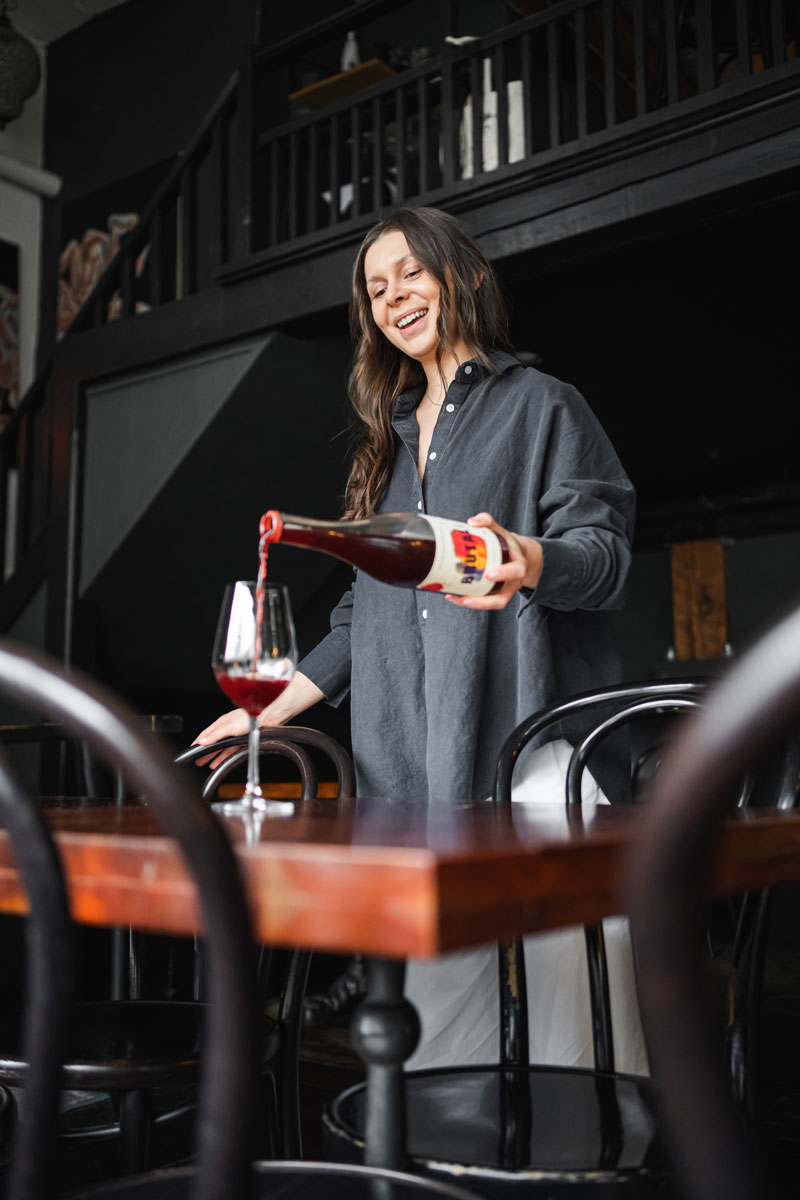
At Bar Susu, wine director Brittany Hoorne loves serving natural wines from less-well-known regions. Photo by Sarah Annand
Where once consumers would pick a lane—Bordeaux red, say, or California Chardonnay—and stay in it, now we’re meandering all over the place. Sometimes, though, we need a little help with directions.
“People seem pretty open to trying new things,” says Linneboe. “They just need someone to tell them a story. They just need a little guidance for those lesser-known varieties.”
Hoorne has become expert at gauging whether guests are willing “to go down this rabbit hole” of trying little-known varieties from even less-well-known regions—the kinds of wines she loves best. “I think we do ourselves a real disservice if we don’t try new things,” she says.
“The people who come into L’Abattoir are really game for an adventure,” adds Forsyth. “You usually see a sparkle of excitement when they hear the word ‘journey.’ ”
But there are still plenty of people who don’t want to step out of their comfort zone. “Yes, there’s brand loyalty,” says Jacobson. “You have sentimentality in people. But then you have these people where COVID really changed their lives.”
He adds: “The worst thing that can happen, if I offer you something and it’s not your thing, I can just take it back. But what if you love it? What if it really pairs well with your meal? But some people are just afraid of change.”
Inflation, rising interest rates and uncertainty are making many consumers more cautious about how they spend, especially for a luxury product like wine.
The best way to handle it is to be open and up front, says Jacobson. “I have seen more people not willing to have a bottle of wine, but drinking a glass of wine instead,” he says, noting that a consumer who doesn’t want to drop $150 on a bottle of wine might consider $30 for a glass of that same wine an affordable luxury. “It allows a bit more flexibility.”
“I’m really being conscious of making an accessible wine list at an accessible price point,” says Linneboe. “I want people to be able to look at a list and think, ‘Wow, I can order a bottle of wine.’ $100 is kind of the sweet spot on the list. Between $90 and $110 people feel like they are splurging, but it’s still affordable.”
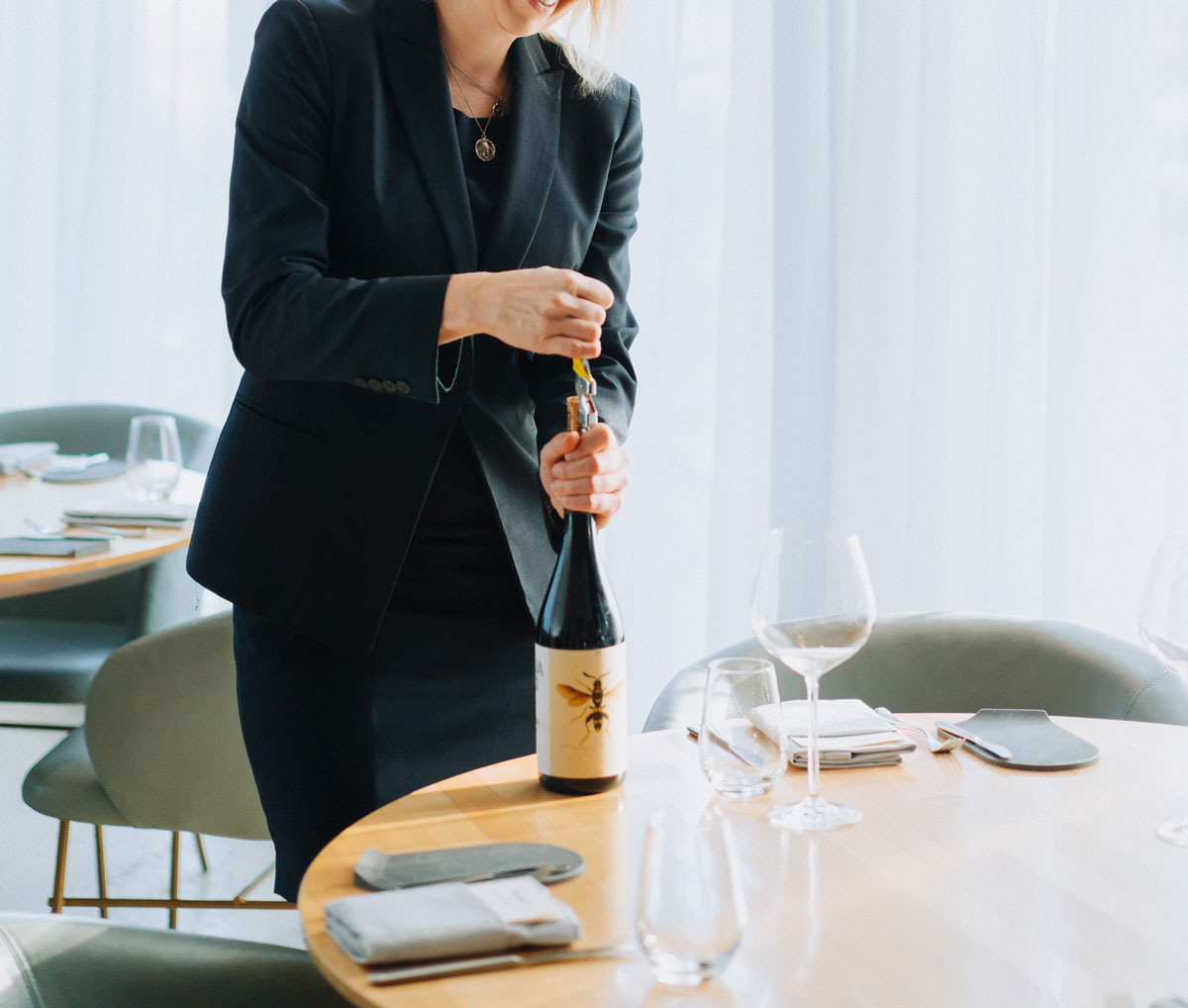
At Botanist, consumers are a lot better informed. Photo courtesy of Botanist Restaurant
So what are customers actually drinking these days? When we spoke to the somms, summer was slowly drifting into fall, so people were still going for lighter-bodied, chilled wines in every hue. “But after the sun goes down, they are drinking big red Syrahs and Merlots and I’m, guys, it’s still August,” Hoorne says with a laugh.
“Somms always love crunchy light reds, but at the end of the day, guests like something more structured,” says Linneboe. “People associate those big, bold wines with celebrations and splurging.”
At L’Abattoir, Forsyth says, “Right now there’s a huge push for B.C. wine in no small part because we’re in a tourist hub down here. There’s a real interest in what’s in our own backyard.”
In general, Jacobson notes, “People are leaning away from oak and toward minerality. They want crisp, fresh and mineral. I’ve also had people coming and asking me which wine is clean because Gwyneth Paltrow tells them to drink clean wine.” Perhaps in part because of that, he adds, “I feel people are moving toward the natural movement.”
Natural wine is what Hoorne is all about at Bar Susu, and she’s a little surprised there’s not more demand for it in B.C. “We’re in a place where we should be further along because we’re in a region where people care so much about how their food and wine is produced,” she says. “It’s a natural progression from plate to glass.”
When it comes right down to it, Linneboe says, “People’s palates are all over the place, and they are excited to try something new.” And that’s why the somm’s role is so important. As Linneboe notes, “Everybody wants to talk to the somm these days.”
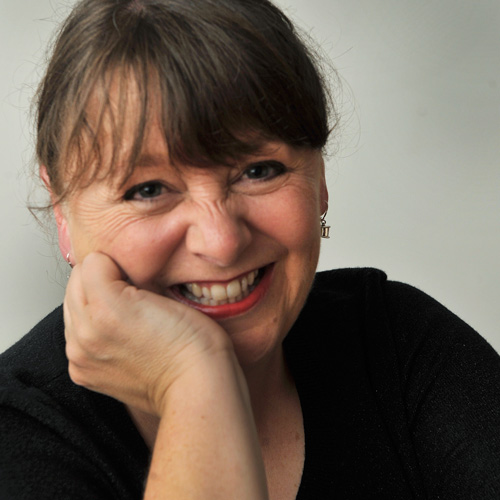
Joanne Sasvari is editor of Vitis and The Alchemist magazines. She also writes about food and drink for WestJet and Vancouver Sun, and is author of the Wickaninnish and Vancouver Eats cookbooks.

Joanne Sasvari is editor of Vitis and The Alchemist magazines. She also writes about food and drink for WestJet and Vancouver Sun, and is author of the Wickaninnish and Vancouver Eats cookbooks.
Copyright © 2025 - All Rights Reserved Vitis Magazine